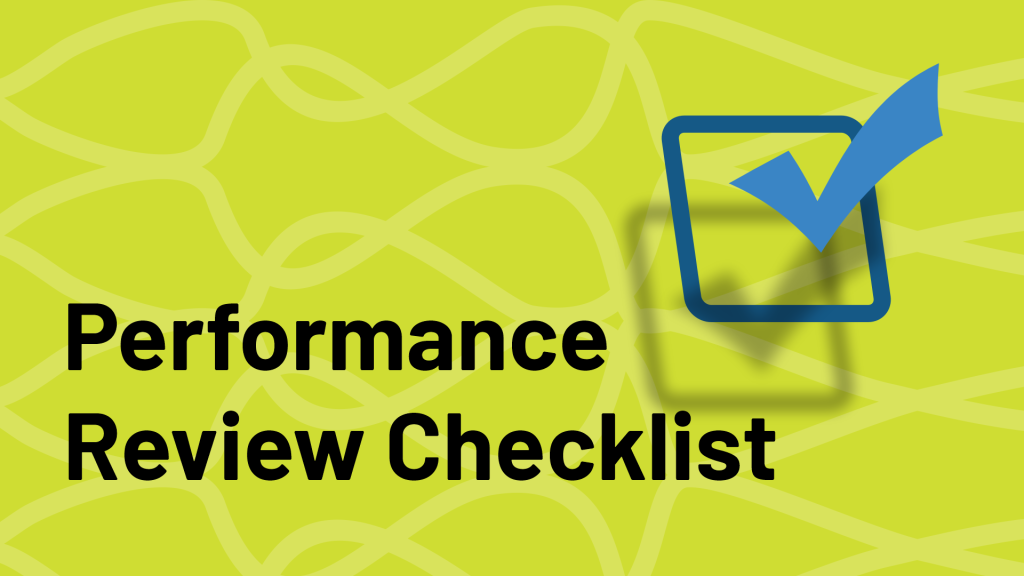04 June 2024
5 Ways to Turn Around an Underperforming Employee (Without Resorting to Termination)

Every HR manager encounters them, including you: that employee who once shone brightly but now seems to be stuck in a performance rut. You don’t want to let go of this employee, but if they keep up with their actions, you’re going to be held responsible for them by your managing director. While termination might seem like the quickest solution for an underperforming employee, it’s often disruptive, expensive (think severance and recruitment costs), and can damage team morale. But here’s some good news: underperformance doesn’t have to mean a dead end. In many cases, underperforming employees can be brought back on track. This article explores five effective strategies, backed by research, to help you address and improve employee performance without resorting to firing them.
1. Start With a Clear Diagnosis
The first step is to understand why the employee’s performance has declined. Is it a lack of skill or knowledge? Have their priorities shifted due to personal circumstances? Are they unclear about expectations? A Society for Human Resource Management (SHRM) study revealed that a whopping 40% of employees who leave their jobs do so because they don’t feel they’re getting the development they need. Schedule a one-on-one meeting with the employee in a private, comfortable setting. Focus on open-ended questions and active listening to delve deeper.
Here are some key areas to explore:
- Changes in workload or responsibilities: Have there been recent changes that might be overwhelming the employee?
- Skills gaps: Does the employee lack the necessary skills or knowledge to perform their duties effectively?
- Motivation and engagement: Has the employee’s engagement with the work or the company declined?
- Personal challenges: Are there external factors impacting their performance, such as health issues or childcare concerns?
By diagnosing the root cause, you can tailor a strategy specifically suited to address the underlying issue.
2. Provide Specific, Actionable Feedback
Many employees struggle because they’re unclear about expectations or haven’t received constructive feedback. A study by Gallup found that only one-third of employees feel the feedback they receive is helpful. Schedule regular performance reviews, and use this time to provide specific, actionable feedback. Focus on both positive aspects (“I appreciate your initiative on the X project”) and areas for improvement (“Meeting deadlines consistently would be beneficial”).
Here are some tips for effective feedback:
- Focus on behavior, not personality: Instead of saying, “You’re unreliable,” say, “Missing deadlines has a negative impact on the team.”
- Offer solutions, not just criticism: Pair feedback with suggestions for improvement. “Let’s explore time management techniques that could help you meet deadlines consistently.”
- Make it a conversation: Encourage the underperforming employee to ask questions and share their perspective. Open communication is crucial for a successful turnaround.
3. Invest In Training and Development
Sometimes, a performance slump stems from a lack of necessary skills or knowledge. Investing in training and development programs demonstrates your commitment to employee growth and can significantly improve performance. According to a LinkedIn report, 94% of employees say they would stay at a company longer if it invested in their career development.
Here are some development options to consider:
- Skills-based training: Offer courses or workshops to address specific skill gaps.
- Mentorship programs: Pair the employee with a more experienced colleague for guidance and support.
- Online learning platforms: Provide access to online courses and resources for self-directed learning.
By empowering employees with the knowledge and skills they need, you equip them to excel in their roles.
4. Craft a Performance Improvement Plan (PIP) Together
If the issue requires more focused intervention, develop a performance improvement plan (PIP) in collaboration with the underperforming employee. A PIP outlines specific, measurable goals, timelines, and resources to help the employee improve.
Here are some key elements of a strong PIP:
- Clearly defined performance expectations: Outline the specific areas where improvement is needed and the desired outcomes.
- Measurable goals and timelines: Set SMART goals (Specific, Measurable, Achievable, Relevant, and Time-bound) with clear deadlines for improvement.
- Actionable steps and resources: Outline the steps the employee needs to take and the resources available to support them.
- Regular check-ins and progress tracking: Schedule regular meetings to discuss progress and offer support.
A collaborative approach to the PIP fosters a sense of ownership and increases the likelihood of success.
5. Recognize and Reward Progress
Change takes time, so acknowledge and celebrate even small improvements along the way. A study by Achievers found that employees who are recognized for their contributions are four times more likely to be engaged . Simple gestures like a verbal “thank you” or a public acknowledgment during a team meeting can go a long way. Celebrating milestones outlined in the PIP reinforces positive behavior and keeps the employee motivated on their improvement journey.
The Power of Positive Reinforcement
Taking the time to address underperformance proactively, with a focus on development and support, can yield significant benefits for both the employee and the organization. A study by Gallup found that highly engaged teams experience 21% higher profitability. By investing in employee growth and creating a supportive work environment, you can foster a more engaged and productive workforce.
In Conclusion…
While termination may seem like a quick fix, taking the time to diagnose the root cause, provide constructive feedback, invest in development, and celebrate progress can often turn underperformance into a positive outcome. Remember, the goal is to retain valuable talent and cultivate a thriving workplace. As Henry Ford aptly stated, “The greatest mistake an employer can make is to hire a low person in the hope of receiving high wages.” By focusing on development and creating a culture of continuous improvement, you can empower your underperforming employee to reach their full potential and ensure the long-term success of the organization.
Additional Tips:
- Document everything: Maintain clear records of all conversations, feedback sessions, and PIP progress.
- Seek professional guidance: If the situation is complex, consider involving HR specialists like Proten International or external consultants.
- Maintain confidentiality: Respect the employee’s privacy throughout the process.
By following these strategies, HR managers can effectively address underperformance and create a win-win situation for both the employee and the organization.
Join 2000+ Subscribers
Subscribe to Our newsletter to stay informed

UK: 5, Seacourt road, London. SE2 9UW
NIGERIA: 11a, Mojidi Street, off Toyin Street, Ikeja, Lagos.
GHANA: F393/4 Otwse street, Osu, Accra, Ghana
(+234) 901 278 1155
info@protenintl.com
Our Services
Latest Tweets
Lorem ipsum dolor sit amet, consectetur adipiscing elit. Donec nec metus libero. Aliquam non mauris.
Copyright © 2024 Proten. All Rights Reserved
Terms Of Service
Privacy
Cookies










